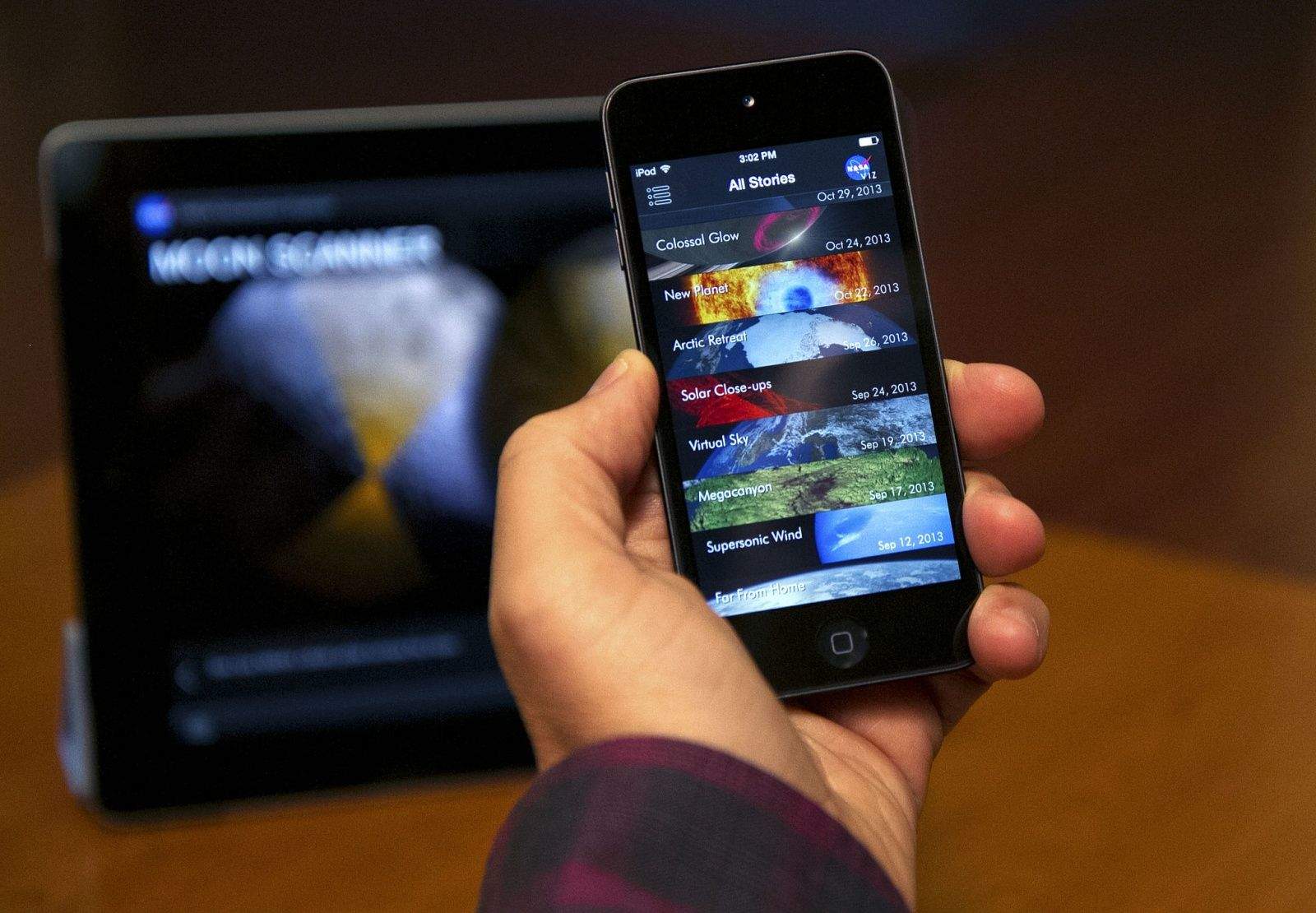Customer reviews on the App Store are good for business. It’s not just that good reviews can improve your app’s ranking. Reviews have also helped me build a better app.
But with all the fake reviews and haters out there, it’s sometimes hard to see the wood from the trees. The trick is to know exactly which reviews to pay attention to — and the secret is all in your stars.
‘I never read my own reviews’
Whether you’re a Hollywood celeb, a best-selling author or a Cordon Bleu chef, there comes a time when your ego gets too big or too fragile to trouble yourself with the opinions of your critics.
Indie app developers, however, are rarely this laid-back. We have huge egos, but without the bank balance to match. Reviews can make or break an app, so we watch them like a hawk.
Apple provides developers with reviews in a handy RSS feed so we can do just that. And every time I get a new one, a klaxon goes off in my mind. I stop whatever I’m doing and read.
Why App Store reviews matter
This obsession with reviews is mostly because of their influence on App Store search results. The more good reviews you have, the higher your ranking. And higher ranking means more sales.
But there is another, more visceral, reason why reviews are so compelling. We put our hearts and souls into our apps, so we’re always keen to know what people are saying about them. We want to make them better.
Shut up and listen
Android developers can reply publicly to reviews on Google Play. But Apple doesn’t allow iOS developers to reply on the App Store. This can be very frustrating — especially when you want to correct an inaccurate statement.
Panic recently resorted to pasting a personal message to reviewer “EddyGeez!” at the bottom of the product description for their SSH client, Prompt 2, to highlight how they had addressed the reviewer’s feedback.
But aside from these exceptional measures, the only way Apple allows to respond to our critics is by updating our app. And perhaps this is for the best.
For example, some reviewers are not finding the settings for our app, Reps & Sets. We followed the iOS developer guidelines and put them in Apple’s Settings app. It seemed like the right place, but we clearly need to make them easier to discover.
You can’t please all the people
As the saying goes, you can’t please all of the people all of the time. The best that most developers can hope for is to find a sizable niche market and deliver exactly the app that this particular audience is looking for.
Steve Jobs used to say he was as proud of what Apple didn’t do as he was of what it did. And this principle very much applies to app development. If you try to address all your critics’ demands, your app will quickly become bloated and unusable.
Our app is designed for regular gym-goers who want to keep a weight-lifting journal on their iPhone. Sometimes we get criticism in reviews from users who are looking for an introduction to the gym, with videos and how-to guides.
That’s a great idea for an app, but it’s not what Reps & Sets is for. If we tried to introduce features for beginners, our app would loose the focus and uncluttered interface that our core audience of regular gym-goers appreciate.
So to keep your app relevant to your target audience, how do you decide which reviews to listen to?
It’s all in the stars
If reviewers were all offering balanced, honest opinions, you’d expect the rating distribution to be a classic bell curve with a single peak showing the “wisdom of crowds” view of how good your app is.
But that is rarely what we see on the App Store. Instead, users are polarized between one and five stars; it either sucks or rocks. (A “bimodal” distribution).
App ratings have a tendency toward extremes because many reviewers want to either praise or punish. So we can probably disregard the opinions of one-star reviewers. Haters gonna hate.
Five-star reviews, however, are of course awesome. Many will be written by your most loyal users, or by your mom. But users who already love your app may not have much criticism to offer.
Four is the magic number
However, four-star reviews usually start with something like “this app is almost perfect, but…” And I’ve learned to pay close attention to that particular “but.”
When a user gives you four stars, they are showing that they appreciate what you’re doing with the app. So they are probably part of the niche you are targeting. But they’re withholding one star because they have a suggestion. A missing ingredient.
We’ve incorporated many suggestions from four-star reviews, and our users have noticed. Some reviewers upgraded their review to five stars when we added their suggested feature. And others have even gotten in touch with me to say thanks for listening.
This kind of user is like gold dust. Most indie developers are in it for love rather than the money. We pour our hearts into our apps. To hear constructive and positive feedback from real users who appreciate what we’re doing makes it all worthwhile.


